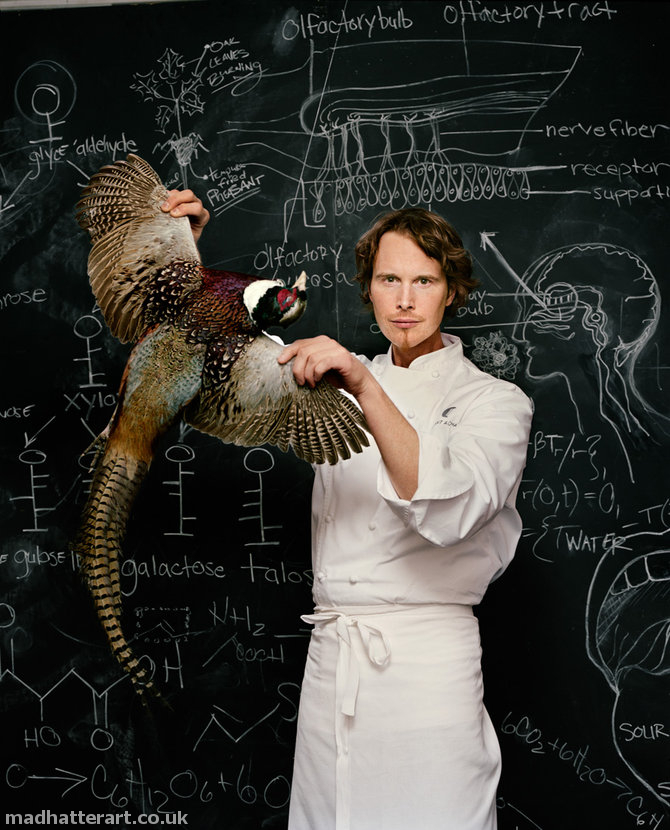Mixed response to grad-grabbing teacher plan
 There has been some concern about the effectiveness of a program designed to improve the quality and range of experienced staff in the teaching sector.
There has been some concern about the effectiveness of a program designed to improve the quality and range of experienced staff in the teaching sector.
The Teach for Australia program takes high-achieving graduates from a range of university disciplines and puts them through a crash-course introduction to the classroom.
The fast-tracking program is run in several “streams” with the trained “associates” on their way to a two-year teaching placement after a six-week course.
The program has been hailed as a way to bring experienced and inspiring people into teaching, to make sure more students are taught by ‘that one teacher’ who can change their lives.
But information provided by the Department of Education to Senate Estimates hearings this week says the $56 million program serves to show some people that teaching may not be the path for them.
Out of 125 graduates from 2011-2013; 65 are still in the classroom but 60 report to be no longer teaching.
But half of those 60 did say they were either still studying or undertaking ‘education-related’ work in government or a social venture.
In financial terms, the Federal Government spends $179,000 to train each Teach for Australia “associate” in the first three streams of the program, compared to about $9500 in university funding for every student enrolled in teaching each year.
The programs debatable success has been slammed by unions but defended by the Education Minister.
Australian Education Union federal vice president Correna Haythorpe says the government’s figures show “the Teach for Australia program is a failed experiment”.
“Spending $56 million on a program to train around 320 teachers, when half will not be teaching within two years, is not a good enough result from a program that has been so heavily backed by governments,” Ms Haythorpe told News Corp media outlet The Australian.
Education Minister Christopher Pyne disagrees, defending the Teach for Australia program he says is “loved by schools and principals across Australia”.
Pyne claims that 47 per cent of graduates come from the much-needed maths and science disciplines, bringing interest and experience to the subjects.
“With teacher quality identified in the recent PISA results as being critically important to lifting students’ results, Teach for Australia helps address this by attracting top quality candidates into teaching,” Mr Pyne said.
Greens spokesperson for schools Penny Wright calls the program “a very expensive failure”.
“You don’t attract the best and brightest to teaching just by parachuting in other professions — you do it by making teaching an attractive career option,” Senator Wright said.
But a statement from Teach for Australia itself said the “highly competent young individuals” it recruits have “the potential to not only be an exceptional teacher but also an inspirational leader, and has the passion and capacity to help address educational disadvantage”.
The Australian Council for Education Research has previously called Teach for Australia “a relatively costly teacher education option for government”.







 Print
Print